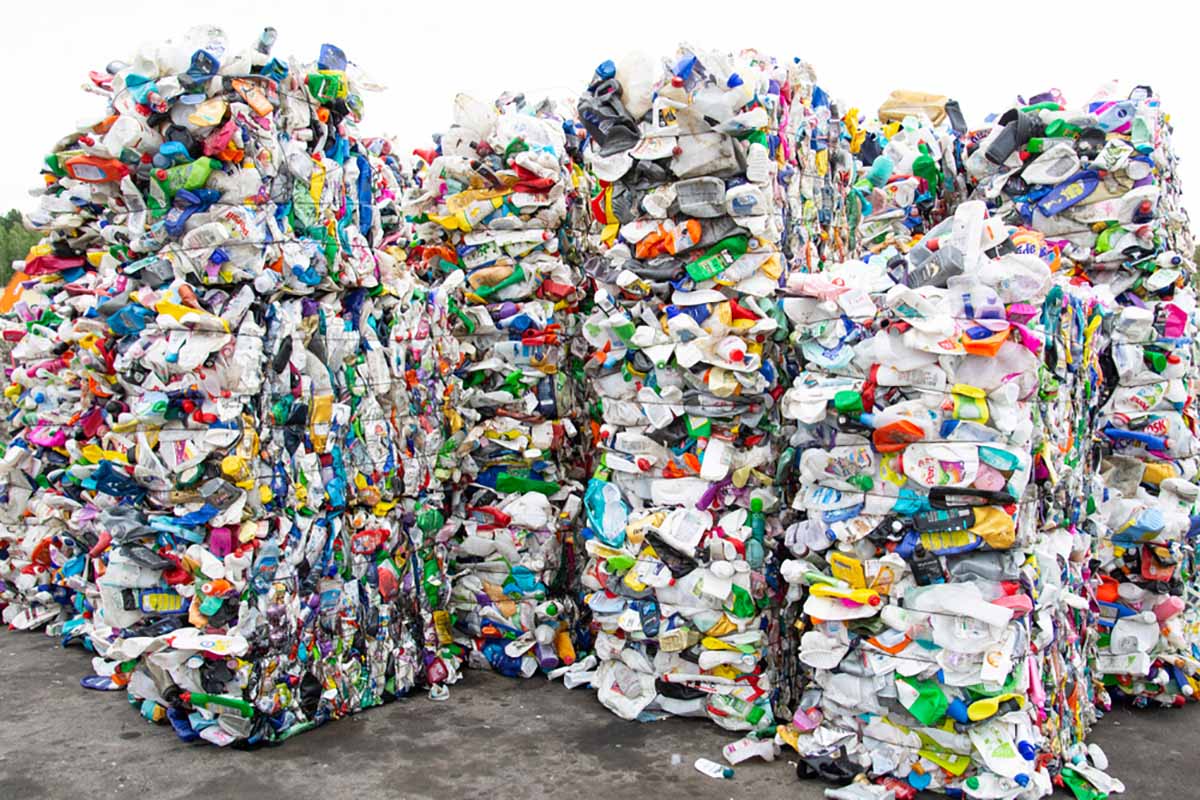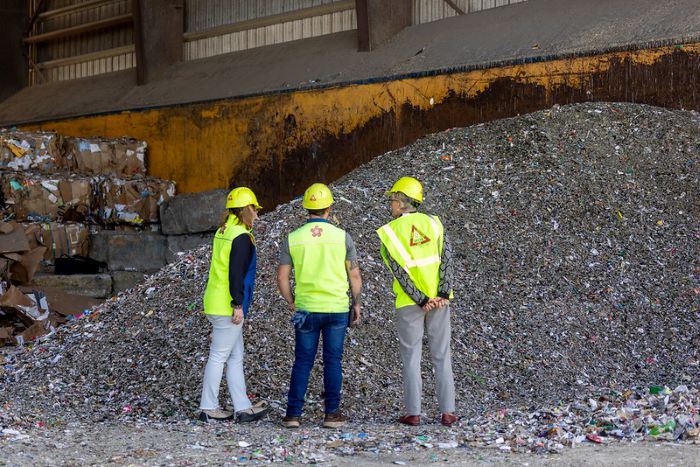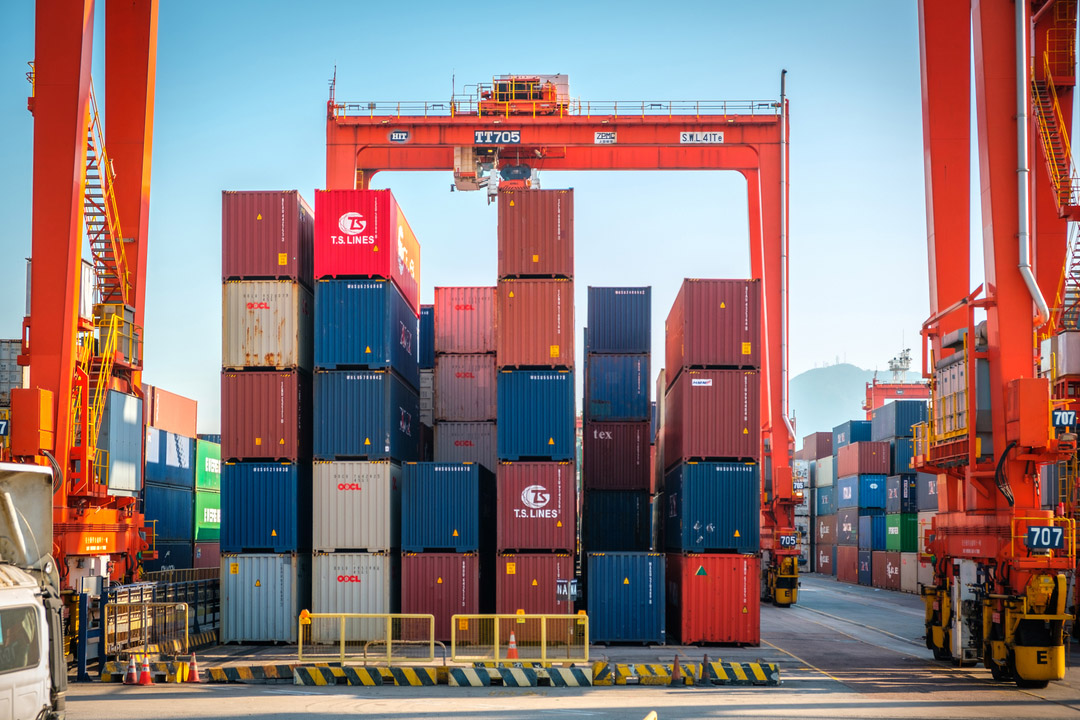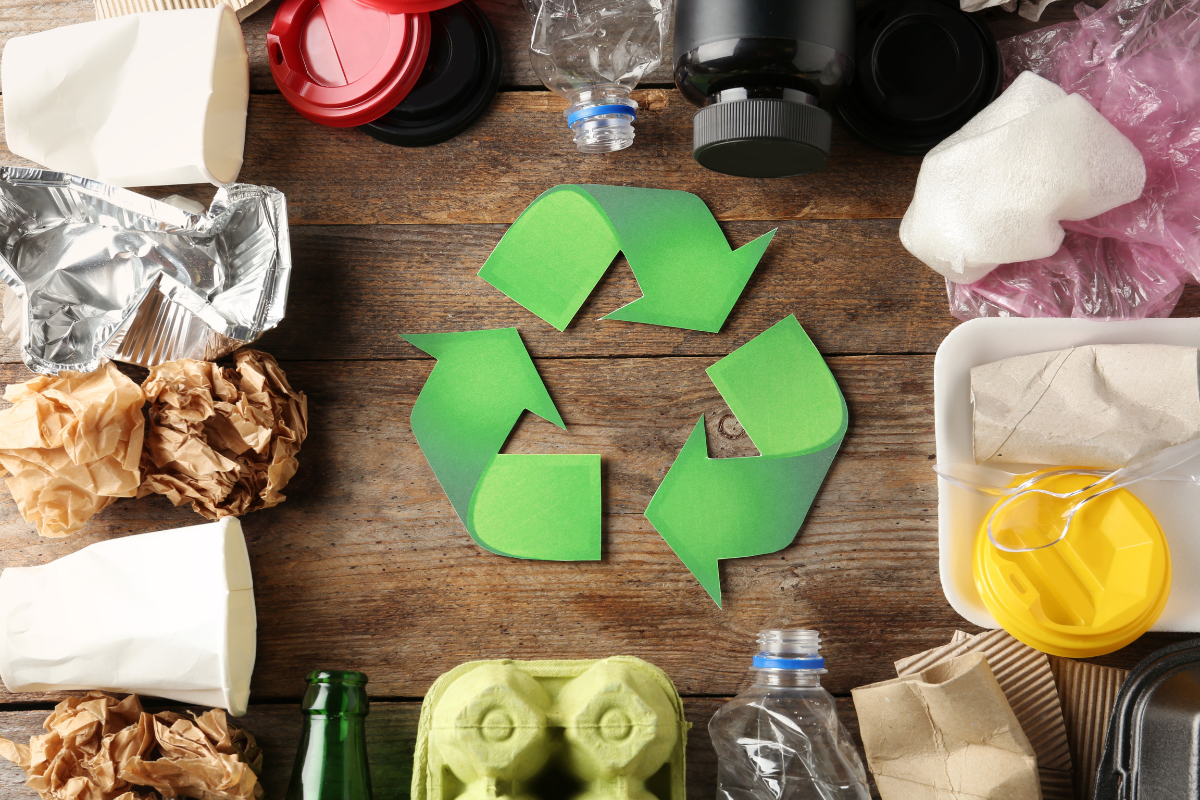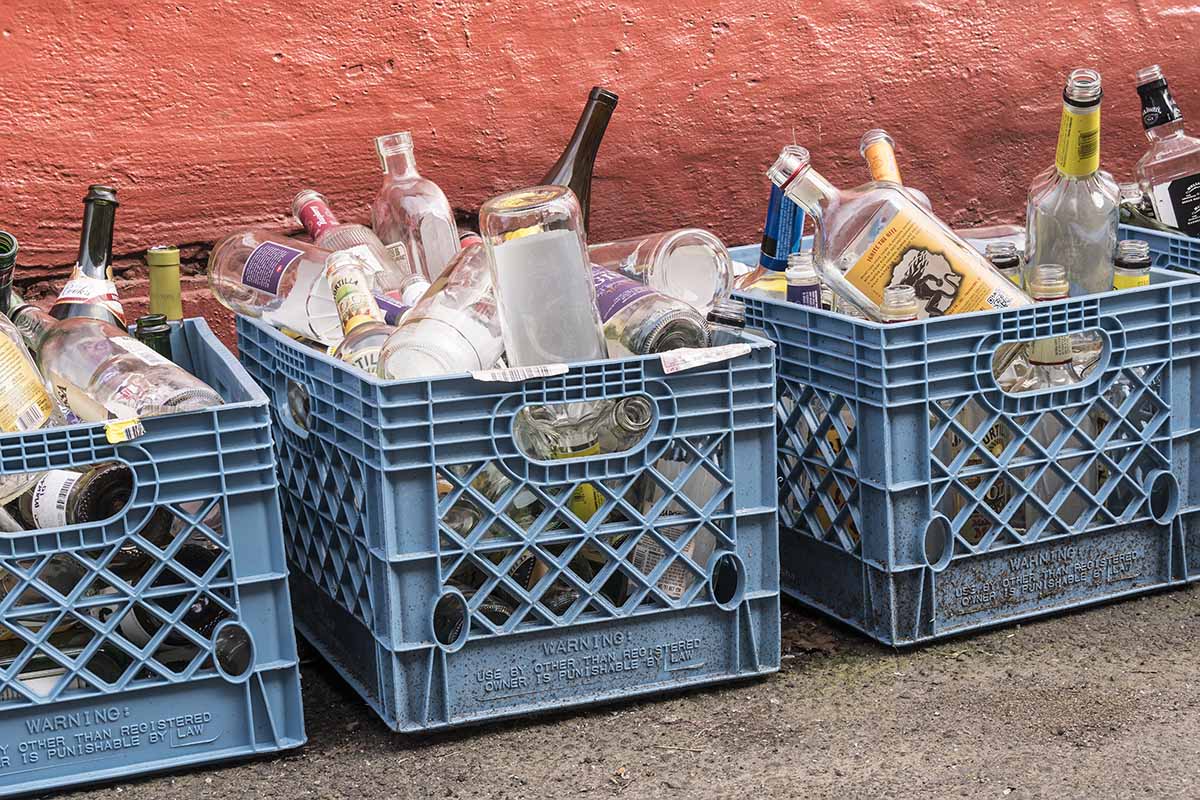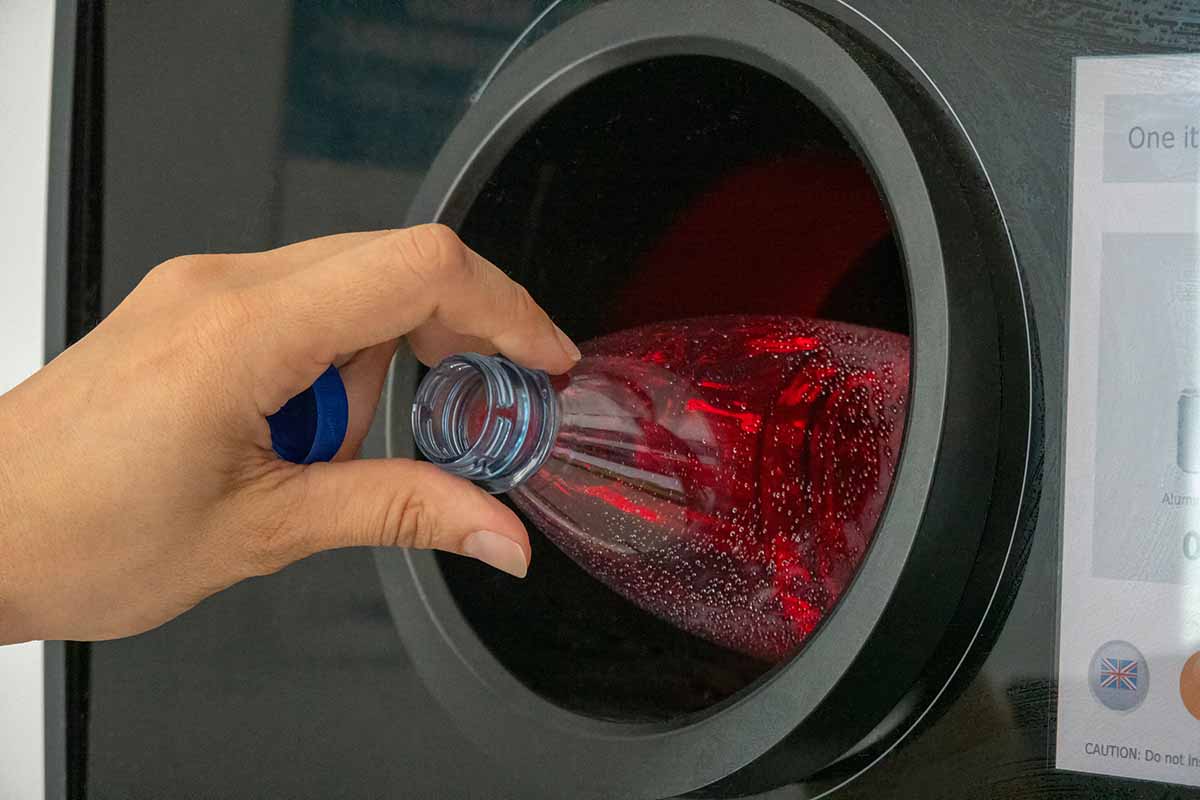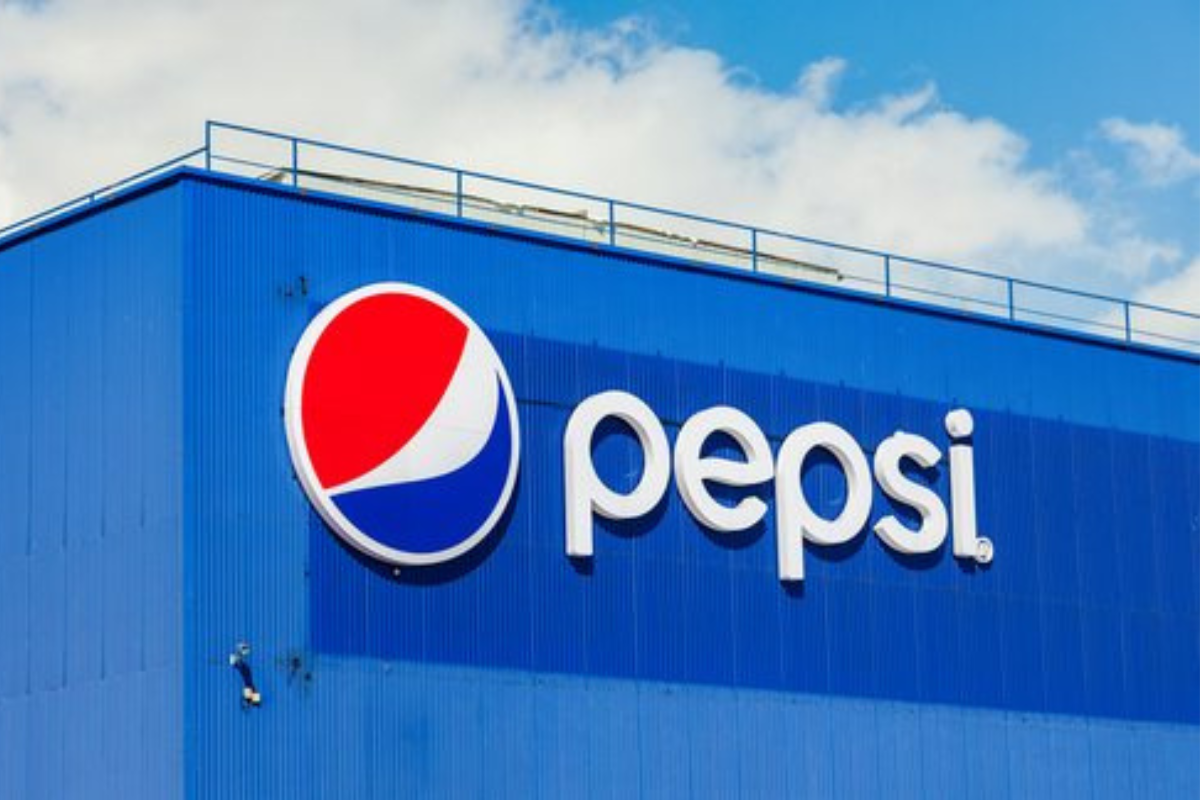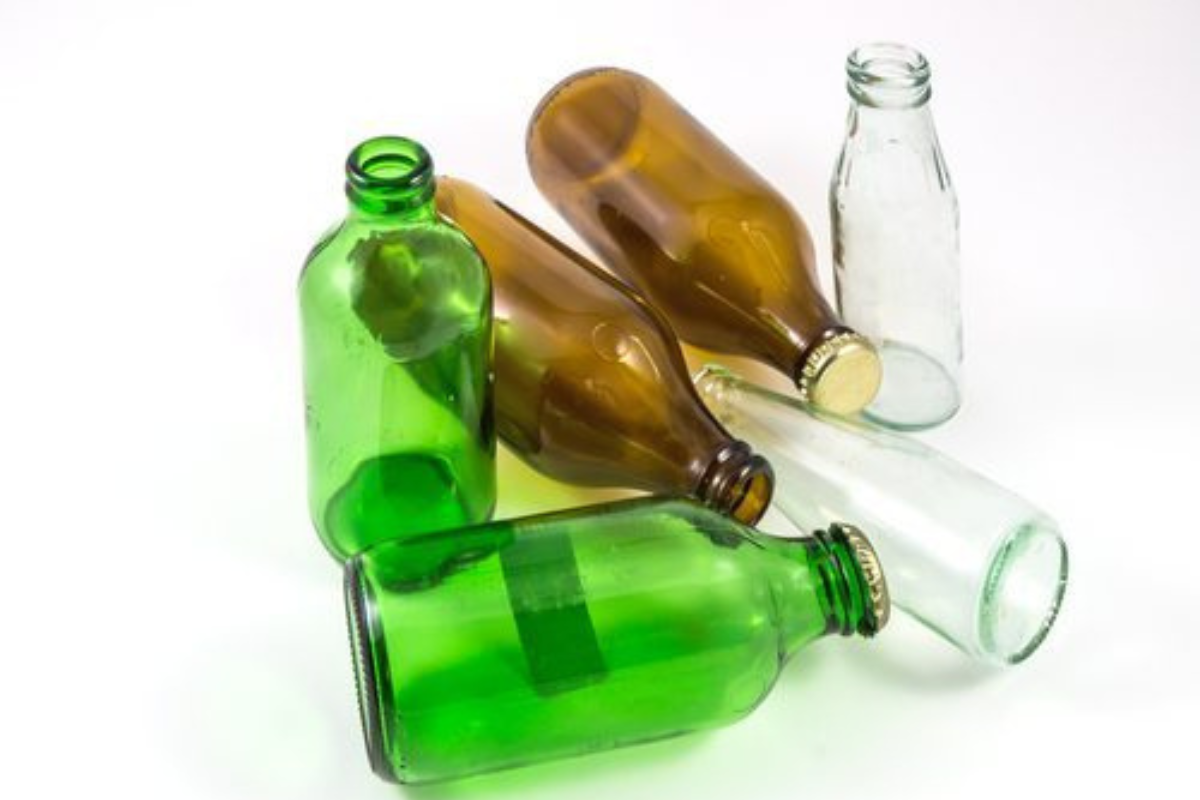
Container deposit proposals saw significant progress in Texas, Maryland and Rhode Island, but did not pass in any state. | Stella Photography/Shutterstock
As state legislative sessions for the year have largely concluded, supporters of container deposit legislation recently reflected on a year that brought new twists on how bottle bills are proposed and saw support from some unlikely stakeholders. Continue Reading


 Colin Staub is a reporter at Resource Recycling. He can be contacted at
Colin Staub is a reporter at Resource Recycling. He can be contacted at 